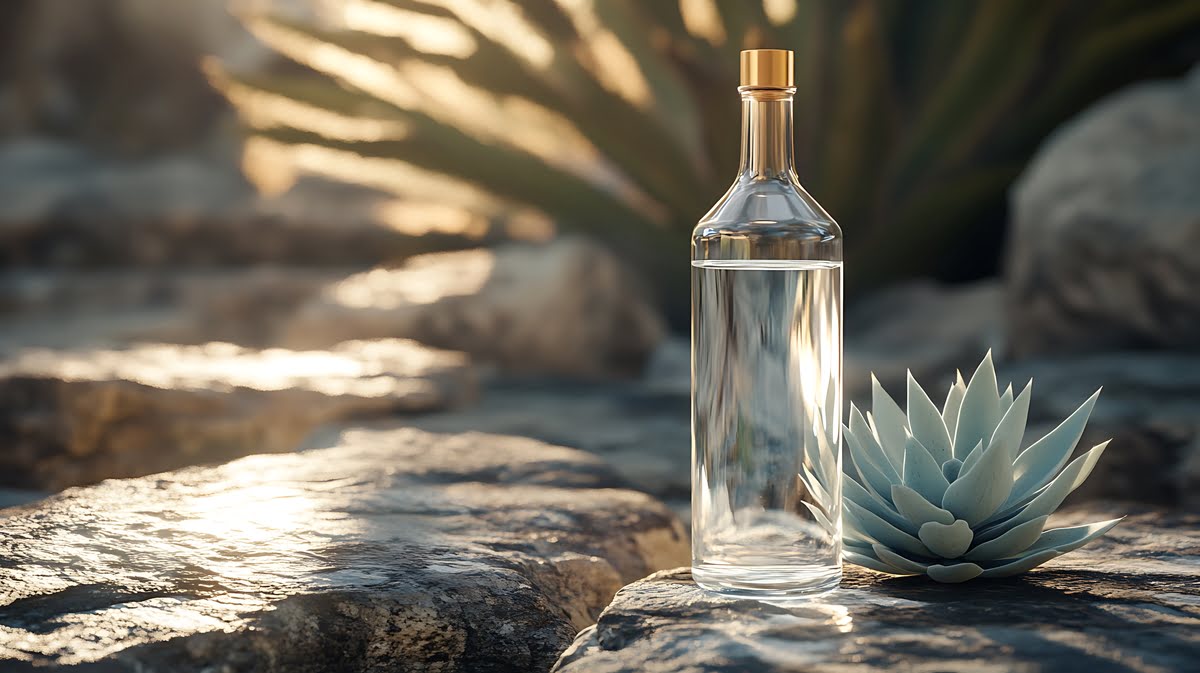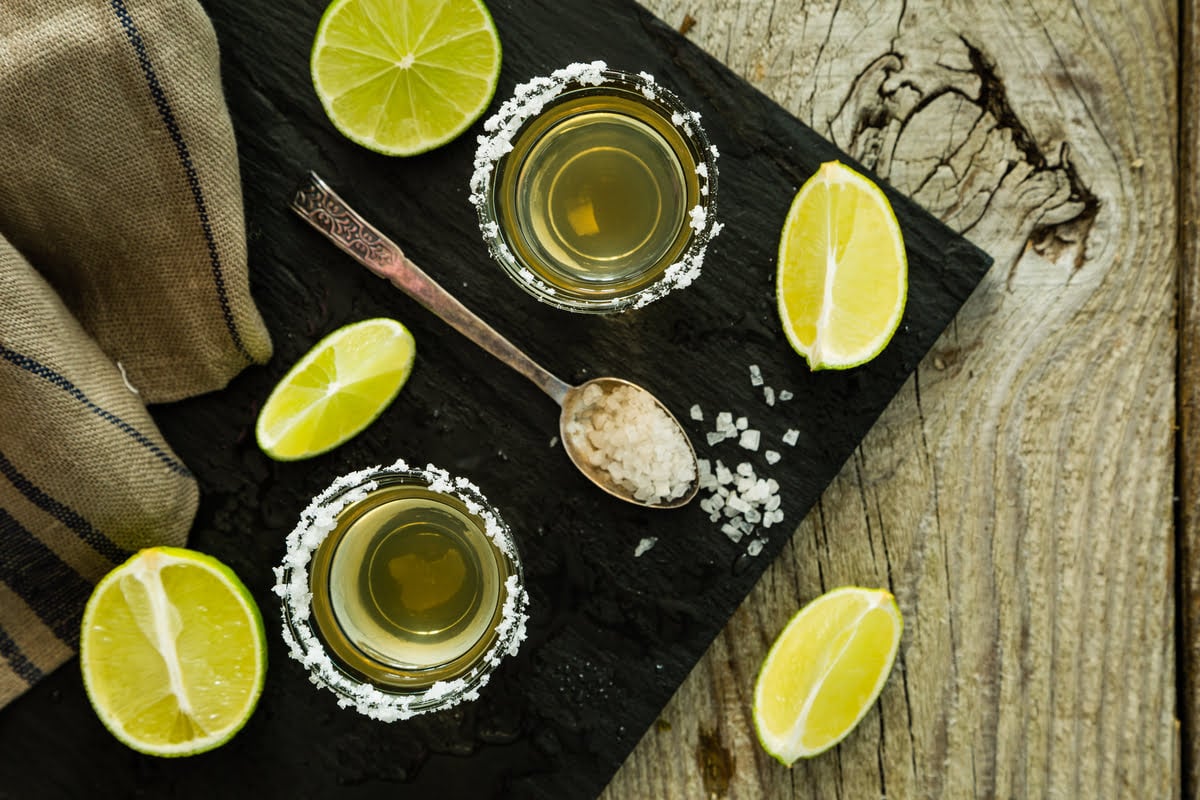
When people hear the word “cocktail,” they often picture a colorful drink served in an elegant glass. But the cocktail meaning goes beyond appearances. A cocktail is traditionally defined as an alcoholic mixed drink that combines a base spirit with other ingredients to create balance, complexity, and character.
Over time, the cocktail definition has evolved, and mezcal has become one of the most versatile and exciting spirits to showcase that evolution. From smoky reinterpretations of classics like the Mezcal Margarita to signature recipes such as the Mezcal Mule, mezcal proves that cocktails are as much about culture and creativity as flavor.
Definition of a Cocktail
According to formal cocktail definitions found in dictionaries and mixology references, a cocktail is more than just “any mixed drink.” The classic definition refers to a blend of spirit, sugar, water, and bitters; first recorded in the early 19th century. Today, mezcal cocktails take this foundation and push it further. A smoky mezcal base paired with citrus, syrups, or bitters creates layers of flavor that elevate the original idea of a cocktail. Whether it’s a refreshing Skinny Mezcal Margarita or a Oaxacan Old Fashioned, mezcal proves how diverse and creative cocktails can be.
Origins & Etymology of the Word “Cocktail”
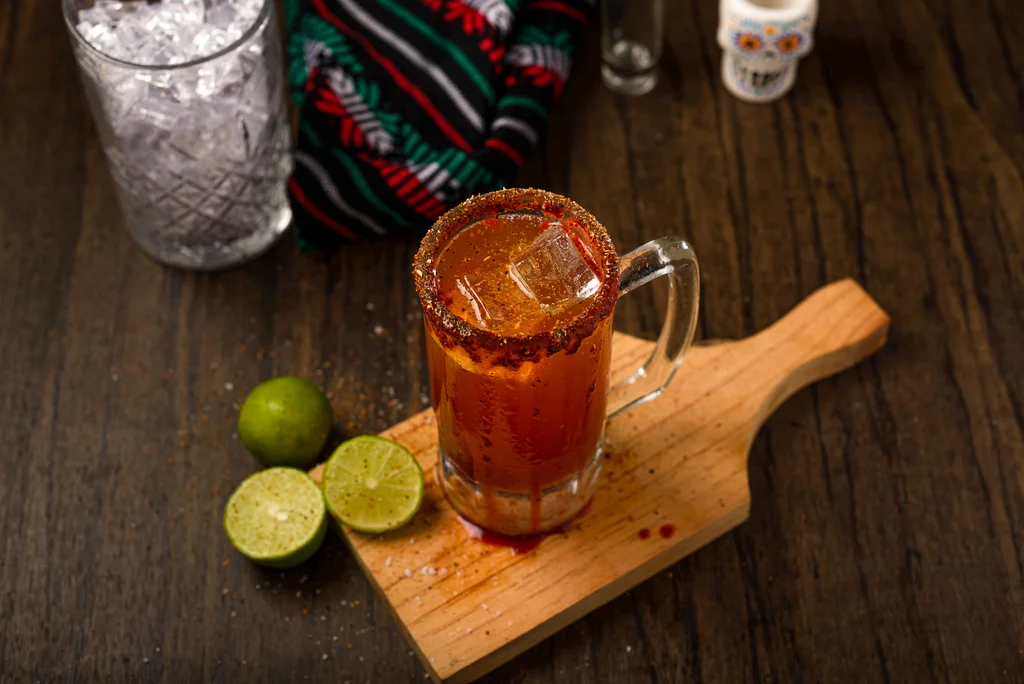
The word “cocktail” first appeared in print in 1806, in an American publication describing it as a stimulating liquor composed of spirits, sugar, water, and bitters. The exact etymology is debated, with theories ranging from French terms related to eggcups (coquetier) to references in horse grooming.
Regardless of its origin, the term became synonymous with mixed alcoholic drinks, and by the late 19th century, “cocktail hour” was a cultural ritual.
Mezcal, with centuries of tradition in Oaxaca and beyond, now plays a central role in modern cocktail culture. Its deep connection to craft and heritage makes it the perfect spirit to reinterpret what cocktails represent today.
Base Spirit or Alcohol Component
The foundation of any cocktail is the base spirit, whether mezcal, whiskey, gin, rum, or vodka. The spirit provides the main flavor profile and strength. For example, a mezcal-based cocktail will highlight smoky and earthy notes, while a gin cocktail leans toward herbal and citrus tones.
Modifiers: Sugar, Syrups & More
Modifiers are ingredients added to soften or enhance the base spirit. These can include sugar, honey, flavored syrups, vermouths, or liqueurs. They provide sweetness, depth, and balance to the final drink.
Flavoring, Bitters & Aromatics
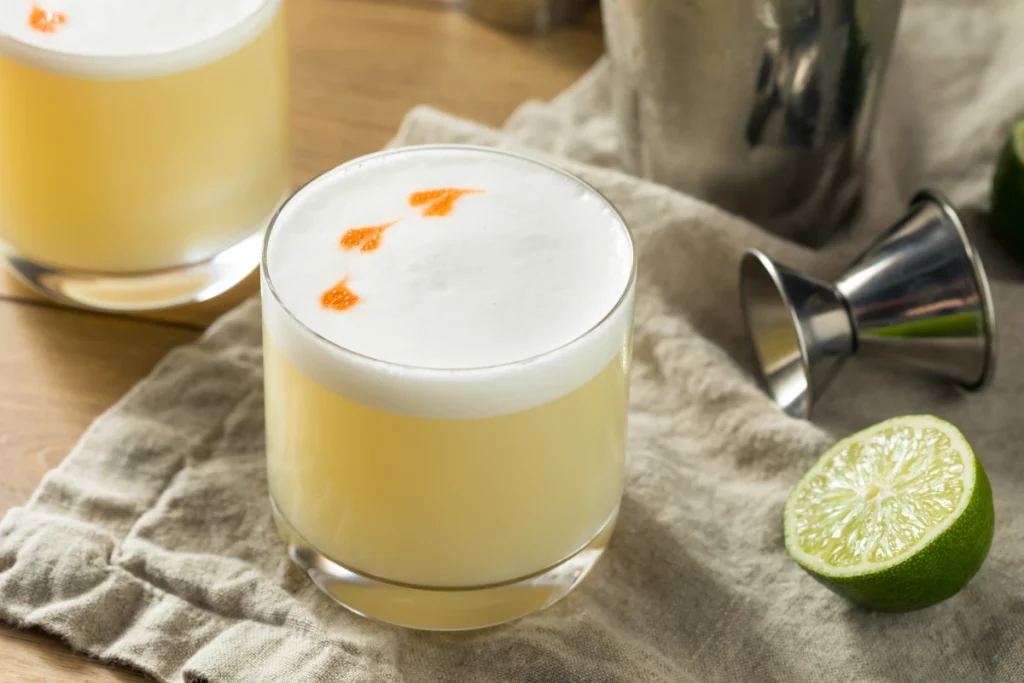
Bitters, citrus peels, herbs, and spices act as the seasoning of a cocktail. Just as salt enhances food, bitters and aromatics elevate complexity, transforming a simple mixture into a layered experience.
Dilution & Temperature
Dilution occurs when a cocktail is stirred or shaken with ice, blending flavors and mellowing intensity. Temperature also plays a crucial role: a well-chilled cocktail delivers sharp, refreshing notes, while a poorly balanced one may taste flat or overly strong.
Cocktail vs Mixed Drink: The Distinction
Not every mixed drink is a cocktail. A gin and tonic or rum and cola is considered a highball, a simple mix of spirit and mixer. A cocktail, on the other hand, involves multiple elements: a base spirit, modifiers, and often bitters or aromatics. This distinction helps explain why cocktails are often associated with craft, creativity, and presentation.
Cocktail Glass Definition & Types
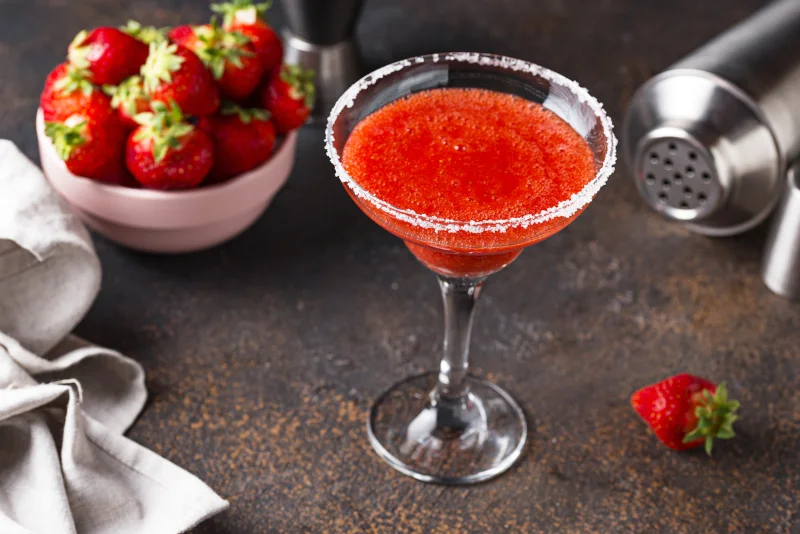
A cocktail glass, often called a martini glass, is a stemmed glass with a wide, inverted cone shape designed to hold drinks “up” (without ice).
The cocktail glass definition highlights its role in presentation and function: keeping the drink cold while preventing hand warmth from affecting it. Beyond the classic martini glass, there are variations like the coupe, Nick & Nora, or margarita glass, each designed to suit specific cocktail styles.
Cocktail Shaker Definition & Varieties
A cocktail shaker is a bartending tool used to mix, chill, and dilute ingredients quickly. The cocktail shaker definition covers its function as both a mixing device and a presentation ritual in bars.
There are three main types: the Boston shaker (two-piece tin and glass), the Cobbler shaker (three pieces with built-in strainer), and the Parisian shaker (a sleek two-piece design). Each has its advantages, but all serve the same purpose: blending ingredients into a unified, flavorful drink.
How Glassware & Shakers Influence the Cocktail Experience
Glassware and shakers aren’t just accessories, they shape the entire cocktail experience. The right glass enhances aroma, temperature, and visual appeal, while the proper shaker ensures balance and consistency.
Together, they turn a simple recipe into a multisensory ritual. For mixologists and cocktail lovers, understanding these tools is as essential as knowing the ingredients themselves.
Conclusion
The cocktail meaning and definition remind us that a cocktail is more than alcohol, it’s creativity, balance, and ritual.
With mezcal, that definition becomes richer. From Del Maguey Vida Collection designed for mixology to Single Village expressions like Chichicapa, mezcal brings authenticity, culture, and unforgettable flavor to every cocktail.
Whether you’re sipping a classic mezcal margarita, trying a mezcal mule, or experimenting with your own recipe, mezcal proves that the true definition of a cocktail is an experience meant to be savored, shared, and remembered.



